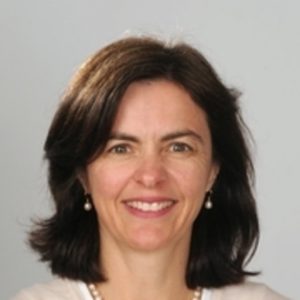
Professor Catherine Hill
Australia’s rheumatology workforce will likely need to double over the next decade in order to meet patient demand, the Australian Rheumatology Association has warned.
It comes after a workforce survey conducted by the ARA revealed 38% of Australia’s rheumatologists were considering reducing their work hours temporarily or permanently over the next two years.
Answered by 323 rheumatologists in late 2021, the survey also showed only 26% were currently working in rural and regional locations.
Some 16% were approaching retirement, something that would further exacerbate a “chronic undersupply”, ARA president Professor Catherine Hill told the association’s ASM last week.
She said while there were currently just over 400 rheumatologists registered to practice in Australia, this equated to only 231 adult specialists and 13 paediatric specialists nationally in full time equivalent terms.
This compared with an estimated ideal of 400 full time adult and 32 full time paediatric rheumatologists, Professor Hill said.
She said recent international systematic reviews had estimated that approximately two rheumatologists per 100,000 adults and one per 200,000 children were needed for optimal care
Professor Hill said the figures highlighted the need for a major expansion of the specialist training program, which currently produced about 17 qualified rheumatologists nationally per year.
“At that rate, we are never going to meet ideal numbers in the lifetime of my career,” Professor Hill said.
“This shows we will need probably 75% to 100% more trainees to meet the demands.”
She cited comments from survey respondents who reported already being desperate for more staff to meet patient demand.
“No matter how hard one tries and how hard one works it is impossible to keep the waiting list down to acceptable levels,” one said.
Another said: “We need more training positions to fulfil the needs of the community. So much untreated disease… so much loss of quality of life and productivity.”
But there were positives, with 80% of respondents saying they were satisfied or very satisfied with their job. The majority were also happy with their work-life balance.
They survey found doctors in their 50s and 60s were likely to work the most hours, with those over 55 working two additional sessions per week than younger doctors on average.
Women also tended to work fewer hours than men on average, a difference that was most pronounced in their 30s and early 40s, the survey found.
Dr Arvin Damodaran, a Sydney rheumatologist and chair of the ARA’s education, training and workforce committee, said the survey results should also prompt a rethink in how training applications were selected.
“I think it behoves us to really think about workforce development and maybe move away from strictly merit-based selection to selection that’s going to provide a service,” he said.
“The data highlights that rural and regional areas are particularly underserviced, especially for children.”